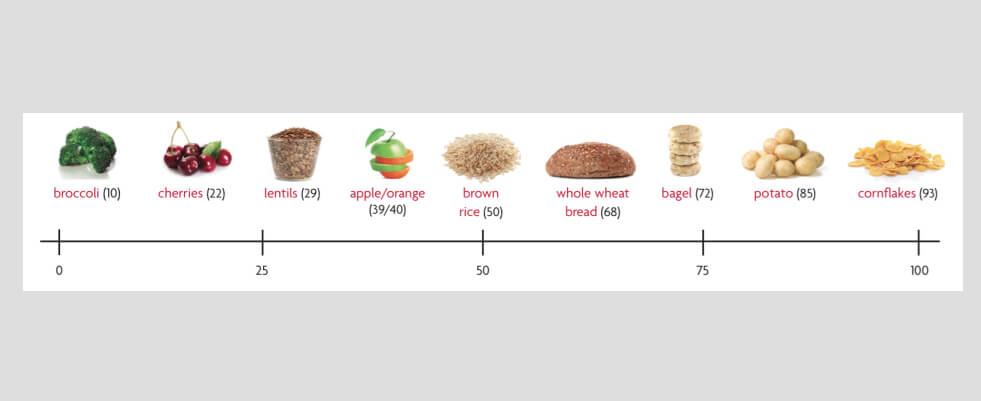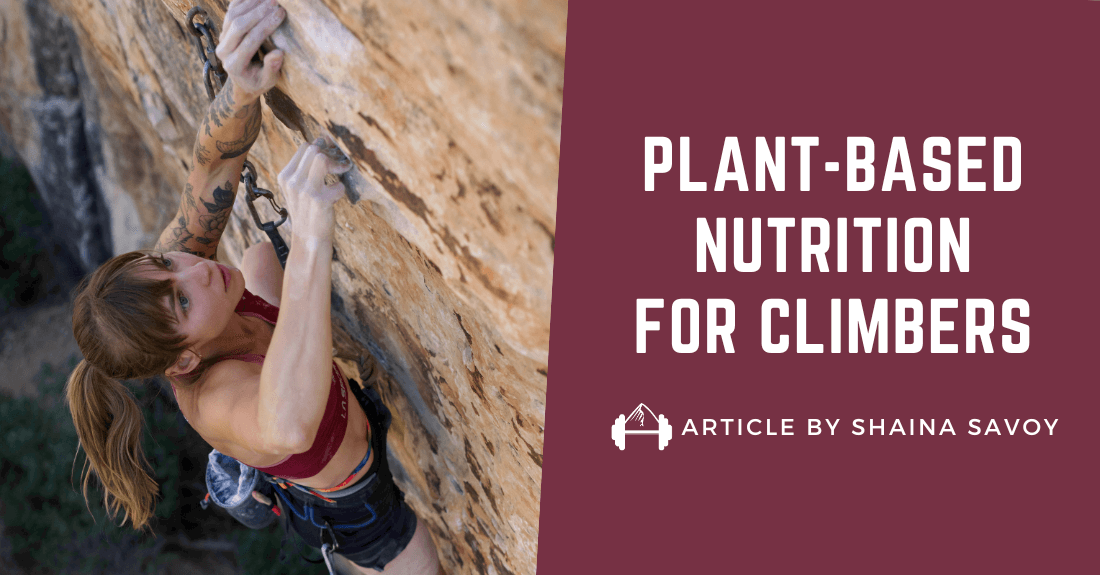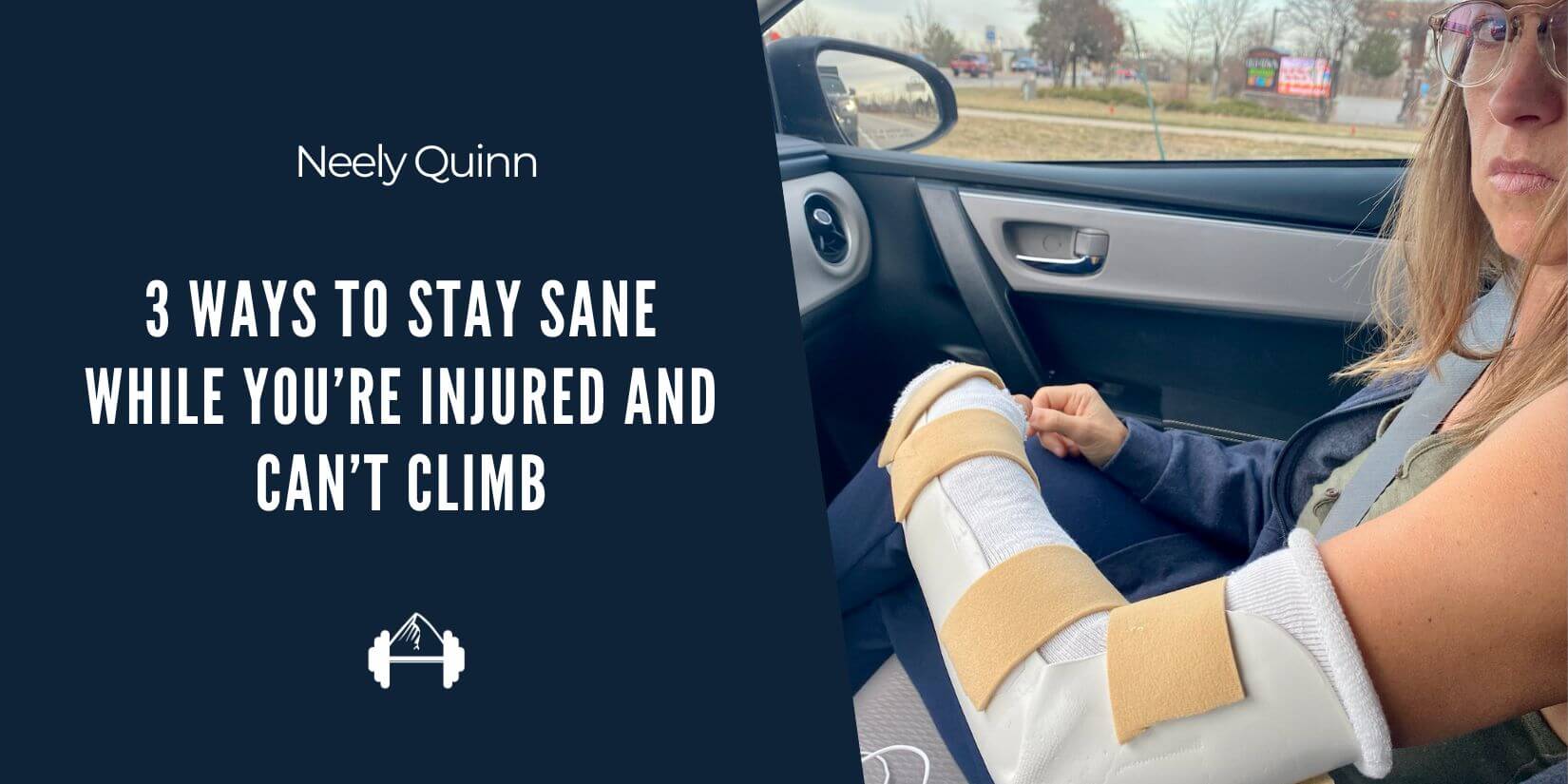If you spend anytime reading about nutrition and how it can be used to improve athletic performance you’re bound to run into a discussion about the glycemic index. While the glycemic index is in fact relatively simple, understanding this measurement and knowing how to apply it to designing a diet that supports your nutritional needs as a climber is a little more complex.
To help you start, here’s an article from Climbing Magazine by Leslie Hittmeier that discusses exactly what the glycemic index is and then explains how this measurement can be used to help you better fuel your nutritional needs as a climber.
“The glycemic index (GI) is a scale that rates carbohydrate-carrying foods from 0 to 100 based on their direct effect on blood-sugar levels. Foods that are high on the GI scale are digested quickly and spike sugar levels in the blood; low-GI foods take longer to digest and allow sugar to leak slowly into the bloodstream, providing a more constant and even source of energy.” – Leslie Hittmeier
Hittmeier then goes on to describe how this measurement can be used to determine when it is best to eat or avoid certain foods. For example, she notes that foods that are high on the GI index are generally looked down upon because they do not provide a consistent energy source. However, she also points out that high GI index foods’ ability to provide a quick energy boost is often an attribute for athletes both during activity and then in the recovery window immediately following it.
“Typically, high-GI foods are given a bad rap because of the energy ups and downs, but for an athlete, there are times when you need that rush. They can be lifesavers for endurance athletes, including climbers. The rule of thumb is to eat foods with low to medium numbers before exercise, and then medium to high foods during exercise, varying from a chocolate chip cookie to a low-sugar sports drink. The most important rule is to eat something high on the scale 15 to 30 minutes after your workout because this is when the enzymes that help the body replenish muscle glycogen are most active, and the longer you wait, the longer it will take those muscles to recover.” – Leslie Hittmeier
Check out the complete article by clicking through bellow. As Hittmeier points out in the article, the GI index is not something you should base your entire diet off of. However, it does provide you with some valuable information about when to eat and when not to eat certain foods. If you’re looking for even more information about diet and nutrition, check out our Nutrition Guide by Aicacia Young and our Paleo Diet Guide by Neely Quinn.
Click Here: The Glycemic Index Explained
(photo courtesy of climbing.com)
Other Articles You Might Like:
- Determining the Best Protein Sources
- How Do Nutrition Needs Differ Between Types of Climbing?
- How To End Stress-Eating, Sugar Cravings, and Food Guilt
- Weight Management for Climbers






Leave A Comment